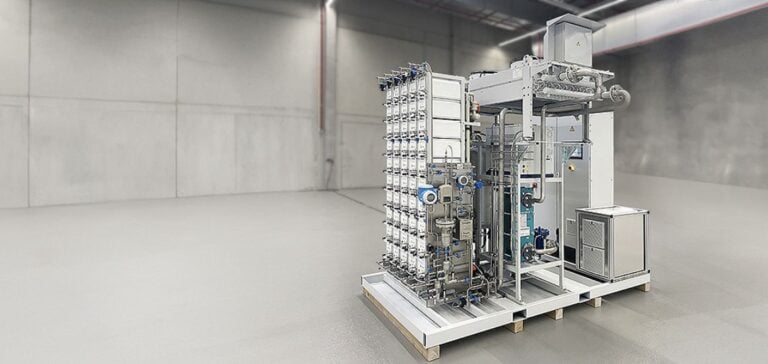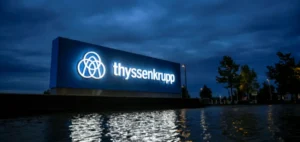Enapter AG has received an order for four multicore AEM electrolyzers, with a total capacity of 4 MW, from Opificio Idrogeno Marche (OIM), a company linked to Renco SpA and Pollarini Group.
These electrolysers will be deployed in the Marche region, where one of Italy’s 52 state-funded “Hydrogen Valleys” projects is under development.
The aim is to establish hydrogen production powered by renewable sources, and to install a refueling station for vehicles.
This initiative is part of Italy’s strategy to develop regional hydrogen clusters, supporting energy diversification and reducing dependence on fossil fuels.
The use of AEM electrolyzers enables electricity from renewable energies to be converted into hydrogen, offering a viable solution for industrial projects.
Expanding hydrogen infrastructures in Campania
Enapter also receives an order for a 1 MW electrolyzer from FMC s.r.l., a company active in the production of photovoltaic modules.
This electrolyzer will be used in a new hydrogen production facility in Pianodardine, Avellino, based on solar energy sources.
This production is part of the Campania Region’s “Hydrogen Valleys” initiative, supported by European funds.
The collaboration with FMC s.r.l. provides for an additional development phase with the construction of a refuelling station connected by pipeline to the hydrogen production unit.
This project aims to extend the use of hydrogen for local industrial applications and facilitate clean mobility in the region.
Outlook for hydrogen in Europe and beyond
With these new orders, Enapter now has a total volume of 11.5 MW for projects in Italy.
This figure reflects the boom in hydrogen production initiatives supported by subsidies and incentive policies in Europe.
The development of these infrastructures is seen as a catalyst for the sector, attracting investment and stimulating technological innovation.
Investment decisions such as those by OIM and FMC demonstrate the growing willingness of European companies to commit to green hydrogen production, contributing to the energy transition while meeting specific industrial needs.
Deliveries of the equipment ordered are scheduled for 2025, a key period for observing the impact of these installations on the hydrogen market in Italy and on the sector’s European dynamics.
Future orders could benefit from this momentum, strengthening the position of the players involved in this sector.






















